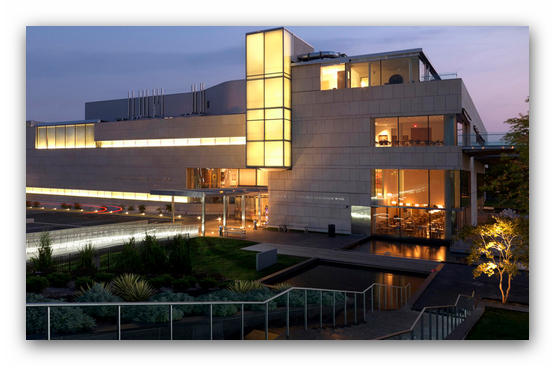Nov 12 2016 - Feb 20 2017
Richmond, VA
At a crossroads in the middle of his career, preeminent American artist Jasper Johns found his way forward in part by looking to the work of Norwegian Expressionist painter Edvard Munch. VMFA presents a groundbreaking exhibition that examines how Johns mined Munch’s work in the late 1970s and early 1980s as he moved away from abstract painting towards a more open expression of love, sex, loss, and death.
Jasper Johns and Edvard Munch: Love, Loss, and the Cycle of Life assembles more than 120 paintings, drawings, and prints in once-in-a-lifetime combinations to trace the route Johns traveled in relation to Munch’s work. (More than 60 works by each artist).
Among the notable firsts, this will be the first time in 20 years that all four of Johns’s Seasons paintings and all three of his Between the Clock and the Bed paintings will be displayed together in the U.S.—and perhaps the only time the latter three paintings will be exhibited alongside their inspiration, Munch’s Self-Portrait Between the Clock and the Bed, as well as the actual bedspread from Munch’s home.
“This exhibition offers a detailed understanding of when and how the Norwegian expressionist art of Munch entered into the American modernist art of Johns,” says Ravenal. “It also proposes a greater role for Munch than previously thought in the great shift that occurred in Johns’s work of the early 1980s. After a decade making some of the defining abstract paintings of late 20th-century art, he returned to figurative imagery and a deeper engagement with human existence. Munch’s signature themes of love, loss, sex, and death may have gained increasing meaning for Johns as he passed the milestone of age fifty and as the AIDS crisis worsened.”
About the Artists
Edvard Munch (1863–1944) is one of early modern art’s most important figures. He was active through more than 60 years, from his debut in the 1880s until his death in 1944. Munch’s brooding, emotional, and intensely personal art inspired the Expressionist movement in the early 1900s. And his continual experimentation in painting, prints, drawing, sculpture, photography, and film have given him a unique position in the history of Norwegian and international art.
Jasper Johns (born 1930) burst onto the New York art world in the mid-1950s. The work he created led American art away from abstraction and personal expression and towards a more objective art that featured recognizable images such as targets, maps, and the American flag–“things the mind already knows,” as he describe them. Over the course of six decades, Johns’s art evolved toward more personal imagery, inspired in part by his interest in Munch.
Credit: Exhibition overview from museum website.
Whether you go or not, Jasper Johns and Edvard Munch: Inspiration and Transformation, is a rich study exploring the connections, creative processes, and themes shared by two world- renowned artists. It is the first publication to describe precisely how and when Johns began to explore Munch’s imagery and ideas. At the same time, it takes a comprehensive view of each artist’s career, giving readers a deeper understanding of Johns’s connection to his predecessor. Through new scholarship and copious illustration, Ravenal makes the persuasive case that Munch should be considered one of the catalysts for the sea change that occurred in Johns’s art of the early 1980s.
At a crucial point midway through his career, American painter and printmaker Jasper Johns (b. 1930) looked to the art of Norwegian Expressionist Edvard Munch (1863–1944) for inspiration. Munch’s innovative working methods and defining themes of love, anxiety, illness, and death infused Johns’s work with new meaning, allowing him a broadened range of expression that propelled his return to recognizable imagery after a decade of abstraction.
Exhibition Venues & Dates
Nov 12 2016 - Feb 20 2017
Richmond, VA

